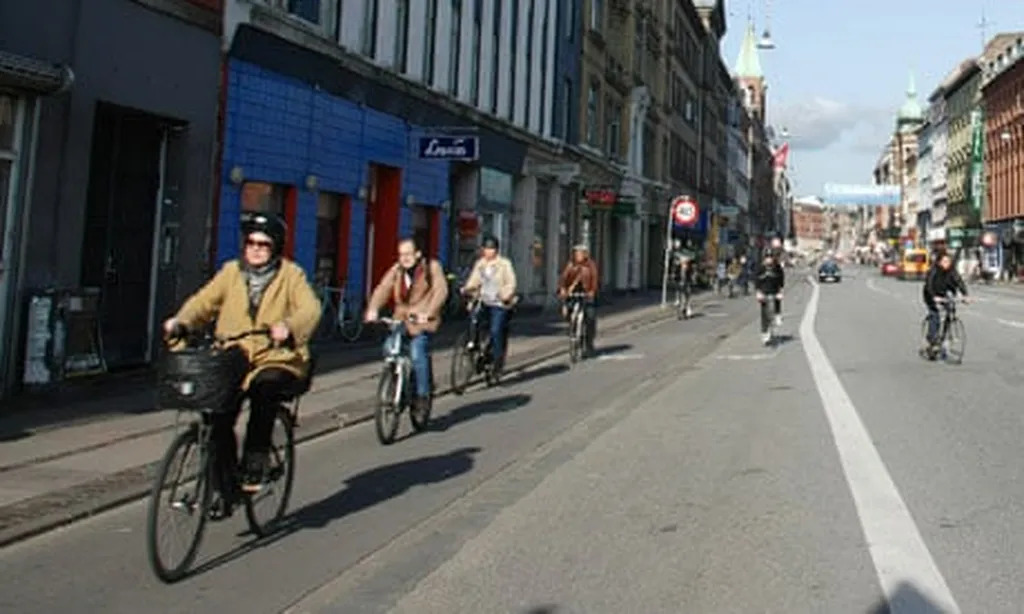In the sun-drenched landscapes of the Mediterranean, a quiet revolution is brewing—one that promises to turn agricultural waste into a valuable resource while addressing pressing environmental and energy challenges. At the forefront of this movement is Antonio Comparetti, a researcher from the Department of Agricultural, Food and Forest Sciences at the University of Palermo, who has been exploring the potential of biomethane as a renewable energy source. His recent review, published in the journal *Agronomy* (translated as “Agronomy”), sheds light on the current state and future prospects of biomethane production in the region.
The Mediterranean region faces a unique set of challenges, from soil degradation to a heavy reliance on imported fossil fuels. Biomethane, a renewable substitute for natural gas produced through anaerobic digestion (AD), offers a strategic solution that aligns with the region’s need for sustainable energy transition and circular resource management. Comparetti’s research highlights the multifunctionality of AD, which not only produces renewable energy but also generates nutrient-rich digestate, playing a dual role in reducing greenhouse gas (GHG) emissions and restoring soil health.
“Biomethane production in the Mediterranean region is not just about energy; it’s about creating a sustainable loop where waste is transformed into resources,” Comparetti explains. “This is particularly crucial in areas threatened by desertification, such as Sicily, Spain, Malta, and Greece, where soil health is paramount.”
The review emphasizes the valorization of regionally abundant feedstocks like olive pomace, citrus peel, grape marc, cactus pear (*Opuntia ficus-indica*) residues, livestock manure, and the Organic Fraction of Municipal Solid Waste (OFMSW). These feedstocks are not only plentiful but also represent a significant untapped resource for biomethane production. By leveraging these materials, the Mediterranean region can reduce its dependency on imported fossil fuels and move towards greater energy autonomy.
One of the key innovations highlighted in the research is the integration of biomethane production into the circular bioeconomy (CBE) framework. This approach ensures that every part of the process is utilized efficiently, from the energy produced to the nutrient-rich digestate that can be used to enrich soils. “The circular bioeconomy is about closing the loop,” Comparetti notes. “It’s about ensuring that nothing is wasted and that every output has a purpose.”
The research also explores emerging innovations in biogas upgrading, nutrient recovery, and digital monitoring. These advancements are crucial for scaling up biomethane production and making it a viable option for the energy sector. The Renewable Energy Directive III (RED III) and national biomethane strategies are also discussed as key policy drivers that can accelerate the deployment of biomethane systems across the region.
Despite the significant potential, the review identifies several barriers that need to be addressed, including feedstock variability, infrastructural gaps, and policy fragmentation. However, the paper concludes with a roadmap for research and policy to advance biomethane as a pillar of Mediterranean climate resilience, energy autonomy, and sustainable agriculture within a circular bioeconomy paradigm.
The implications for the energy sector are profound. Biomethane production offers a sustainable and renewable energy source that can reduce GHG emissions and contribute to energy security. As the Mediterranean region continues to grapple with environmental and socio-economic challenges, biomethane production could play a pivotal role in shaping a more sustainable future.
Comparetti’s research, published in *Agronomy*, provides a comprehensive overview of the current state and future prospects of biomethane production in the Mediterranean region. It underscores the need for continued innovation and policy support to harness the full potential of this renewable energy source. As the region moves towards a more sustainable future, biomethane production could well be a cornerstone of its energy strategy, offering a pathway to greater energy autonomy and environmental resilience.

